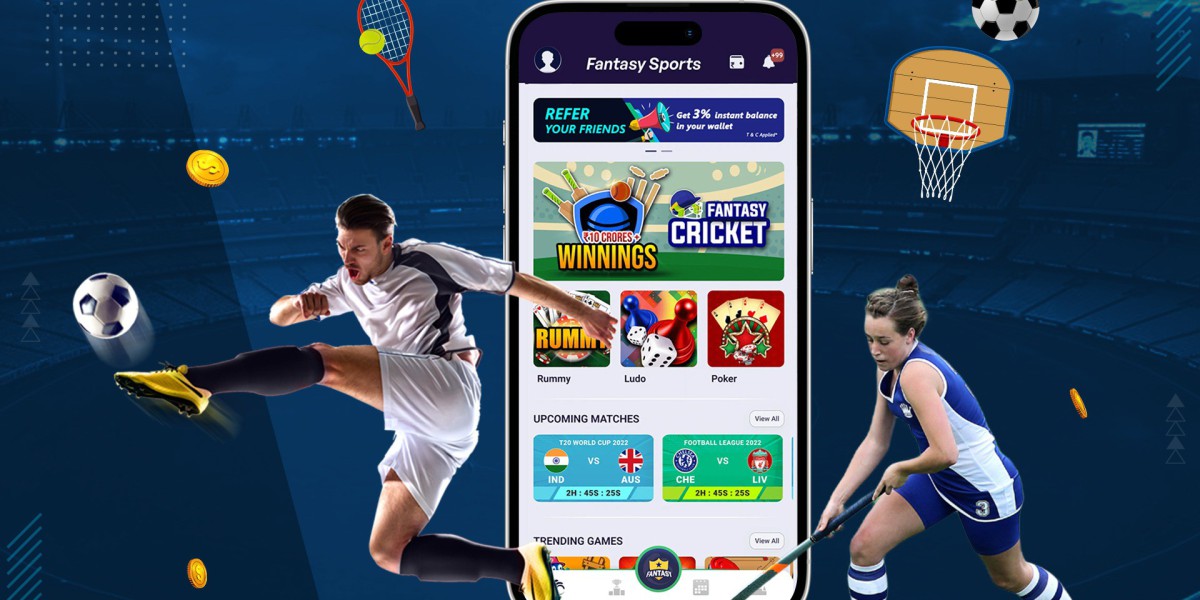The sports app market has grown a lot recently. More people want real-time updates, live streaming, and fantasy sports on their phones. For businesses looking to create sports apps, it’s important to focus on both functionality and making money. Knowing how to add features that generate revenue during the development process can help ensure the app is profitable and keeps users happy in the long run.
In this guide, we’ll explore the most effective ways to monetize a sports app, whether you’re developing one for live sports streaming, fitness tracking, or fantasy sports.
Understanding the Sports App Ecosystem
Before we get into how to make money with sports apps, it’s key to know about the sports app world. There are different types of sports apps. Some give live updates or let you stream games, while others focus on fitness tracking, sports news, or fantasy sports. The type of app you have will affect which money-making strategies work best for you.
Keeping users engaged is essential for making money with any app, including sports apps. This can be done through fun match alerts, fitness challenges, or rewards for fantasy sports. To achieve this, sports app development should focus on creating easy-to-use features and finding ways to make money that don’t interrupt the user experience.
Top Monetization Strategies for Sports Apps
To ensure your sports app generates steady revenue, here are some of the most popular and effective monetization strategies to consider:
In-App Advertising
One of the easiest ways to make money with a sports app is by using in-app advertising. You can show ads to users while they are using the app, earning money based on how many people see or click on the ads.
There are different types of ads you can use, such as banner ads that appear at the top or bottom of the screen, video ads that play before or during content, and native ads that fit well with the app’s design.
For example, a sports news app might show a short video ad between articles, while a live sports streaming app could display banner ads without interrupting the game.
However, you need to be careful. Too many ads can annoy users and turn them away. When creating your sports app, think about where to place the ads so they don’t overwhelm anyone using the app.
Subscription Models
Subscription-based monetization is a way to make money by charging users regularly, and it works great for sports apps that offer special content. For example, apps like ESPN allow users to pay a monthly or yearly fee to watch exclusive live sports events, get unique commentary, or enjoy an ad-free experience.
By providing valuable and exclusive content through subscriptions, you can create a steady income while giving your loyal users a better experience. Developers of sports apps should make sure their app can easily handle payments and manage subscriptions to support this model.
In-App Purchases (IAPs)
In-app purchases (IAPs) let users buy special items or content directly within an app. This is common in fantasy sports apps, where users can pay for things like unique player profiles or detailed statistics that make the game more exciting.
For fitness or training apps, users might spend money on premium workout plans, special training programs, or sports gear. Including IAPs when creating a sports app can help you earn more money and give users more options on how they use the app.
Sponsorships and Partnerships
One great way to make money with a sports app is through sponsorships and partnerships. By teaming up with sports brands or companies, you can create deals that add extra income. For example, you might include sponsored challenges or competitions in a fitness app.
Also, working with famous sports teams or athletes can help you earn more money. You could promote their brand or offer special content in your app. This way, you reach their fans while giving brands access to dedicated users.
Paid App Downloads
For sports apps that focus on specific interests, charging users to download the app can be a good choice. This means people pay a one-time fee to get the app or pay up front for special features. While this might result in fewer users at first, it can work well for apps with passionate fans, like those into extreme sports or fantasy leagues.
Maximizing User Retention and Engagement
To make money from your sports app, it's important to keep users coming back. The longer they stick around, the more likely they are to spend money, whether it's through ads, subscriptions, or in-app purchases.
To keep users engaged, try these ideas:
1. Personalized Content: Show users content that matches their interests.
2. Push Notifications: Send reminders about important games or updates.
3. Gamification: Add game-like elements, like rewards for using the app.
For instance, in a fantasy sports app, you could notify users about lineups on game day or provide stats for their favorite players. By keeping users interested, they’re more likely to check out more features and spend money on your app.
Case Studies: Successful Monetization of Sports Apps
Let’s take a look at some real-world examples of sports apps that have successfully monetized.
- ESPN: One of the most popular sports apps, ESPN uses a combination of in-app advertising and a subscription model for premium content. With millions of active users, ESPN generates revenue from both ads and dedicated users who pay for exclusive access.
- Nike Training Club: This fitness-focused app uses a combination of free content and paid in-app purchases. Users can access premium training plans, specialized workouts, and gear recommendations through IAPs.
These apps demonstrate the value of combining multiple monetization strategies to generate income while maintaining a strong user base.
Conclusion
Monetizing a sports app is a multifaceted process that involves understanding your user base, selecting the right strategies, and focusing on user engagement. Whether you choose in-app advertising, subscription models, or sponsorships, it’s important to integrate these monetization options thoughtfully during the sports app development process. A combination of these strategies, along with continuous user engagement, can lead to long-term profitability for your sports app.



